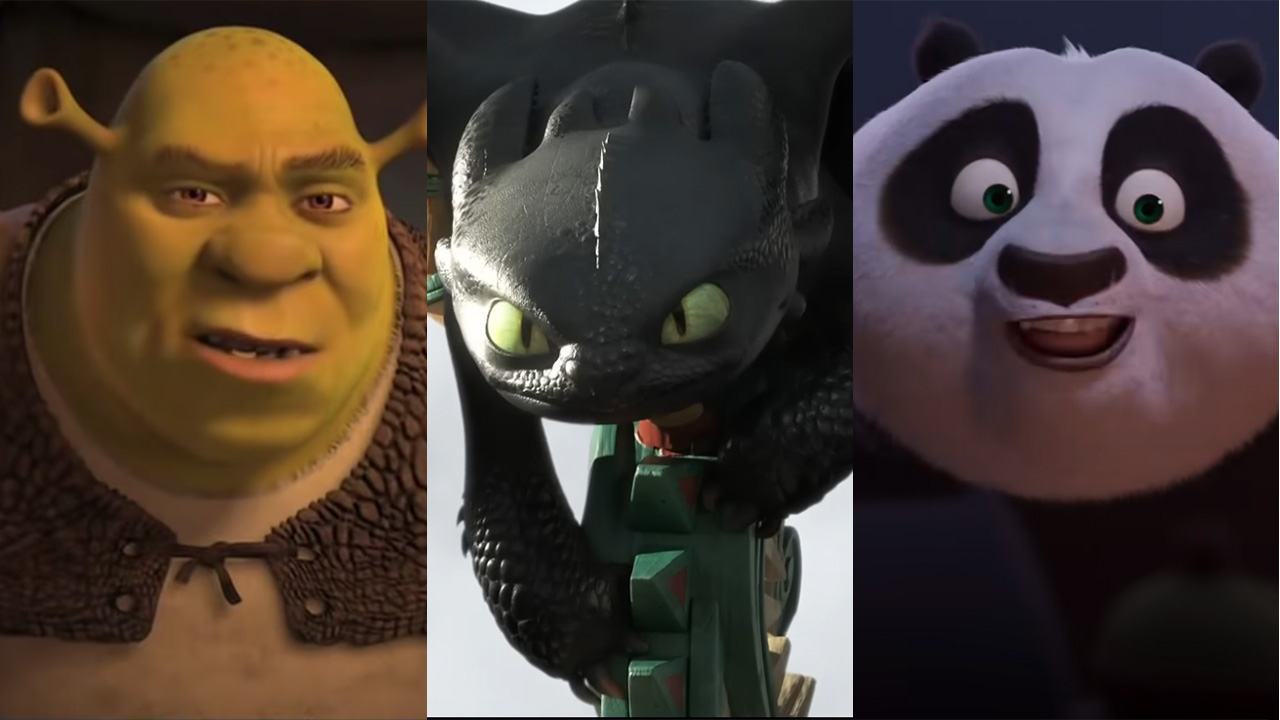Of all the things this world absolutely needs more of (peace, love, common sense) it would be difficult to argue that another Sherlock Holmes adaptation ranks very high on the list. The great detective rarely goes long without getting reimagined yet again; it has, in fact, only been a few months since the Sherlock-based modern-day medical drama Watson , not to be confused with that other, older Sherlock-based modern-day medical drama House . Now comes The CW’s Sherlock & Daughter , whose innovation on the mythology is right there in the title.
As a mystery, it’s no great shakes; at least in the early episodes sent to critics, it’s missing that satisfying snap of clues falling into place in clever ways. But the Brendan Foley-created drama is bolstered by enough winning performances — starting with David Thewlis as the first half of that title — that it’s mostly just nice to get to know the legendary detective all over again. The “ & Daughter ” half of the premise is supplied by Blu Hunt as Amelia Rojas, a young Native American woman newly arrived from California on the instruction of her recently deceased mother, Lucia (Savonna Spracklin).

As far as Amelia’s been told, Sherlock isn’t just the world-famous investigator whose exploits she and her mom would read about in the papers, but her biological father. As far as Sherlock is concerned, Amelia is hardly the first person to show up at Baker Street claiming a long-lost familial connection. He has no particular interest in parenting her — nor, after she’s half-accidentally secured a job as his scullery maid, much use for a domestic who can’t so much as soft-boil an egg to his satisfaction.
He does, however, have need of an assistant. Since the disappearance some weeks prior of his best friend, Dr. Watson, and his housekeeper, Mrs.
Hudson, Sherlock’s been forbidden from crime-solving by shadowy but definitely murderous forces, who make their presence known to him by way of scarlet threads planted at crime scenes. In Amelia, then, he has a loyal sidekick who can wriggle her way into places he can’t, under her guise as a lowly servant, allowing him to continue working cases in secret while maintaining the appearance of inactivity. She, in turn, gets mentored in the skills she needs to solve her mom’s murder someday — if she can’t persuade him to take the case on first.
Despite the syndicate’s obvious ruthlessness (one of the clues/threats left for Sherlock is the severed finger of a woman who’ll later turn up dead) and their vast global reach (per one terrified accomplice, “they represent the very industrialization of crime”), Sherlock & Daughter fails to gin up much suspense. The mechanics of the individual cases, like the apparent abduction of a teenage heiress (Gia Hunter’s Clara), are not particularly intricate or elegant, and the larger conspiracy tying them all together largely depends on our emotional investment in characters we’ve seen only fleetingly (like Lucia, in flashbacks) or never met at all (like Mrs. Hudson and Dr.
Watson). Meanwhile, attempts to juice up the narrative with graphics, like onscreen text spelling out Sherlock’s instructions to Amelia or cutaways to amateurish drawings of generic London scenes, only serve to make the entire thing look a little cheap, and a little insecure — as if the show isn’t confident we’ll be able to follow its not-especially-complicated plots unless it spells them out for us. Thankfully, what does eventually click is the cast.
By the last of the four episodes sent to critics, Sherlock & Daughter has begun to assemble a small but memorable ensemble of supporting players. A real highlight is Dougray Scott’s sardonic line readings, theatrical physicality and oddly flirtatious chemistry with Sherlock as his archnemesis Moriarty; his appearance in the third episode immediately shifts the entire series into a more entertaining gear. Also amusing is Fiona Glascott as Lady Violet, an old acquaintance of Sherlock’s who specializes officially in schooling young ladies like Clara to join British high society and unofficially in casting her imperious judgment everywhere.
(Of Americans, she sneers, “I’ve known some to be little short of passionate.”) Moriarty and Violet are so fun, in fact, that Sherlock & Daughter nearly runs the risk of getting stolen right out from Sherlock and Daughter, who feel more predictable in their characterizations. He’s the prickly, fussy, blunt-to-the-point-of-rudeness PI we’ve seen in most other Sherlock adaptations.
She’s a collection of strong-female-character clichés, down to the fact that she’s introduced beating up a would-be mugger in an alleyway. But Thewlis slides so smoothly into the role of the prickly PI that it seems a shock he’s never played him before, and grounds his humanity with touches of humor, sorrow and fear. (The actor did appear in Enola Holmes 2 , but as a police superintendent, not the heroine’s more famous big brother.
) Hunt is a less natural fit, with an animated demeanor that sometimes reads too modern for the 19th century setting. But she’s also bright and charming enough to make you want to hang out with Amelia regardless of the century. His British coolness and her bright American moxie make for a likable combination — especially once these two lone wolves fall into the sort of tentative but undeniable mutual affection that inspires him to say things like, “It’s very odd how concerns for your safety suddenly avail my concentration.
” It may not be the boldest statement, or the most radical transformation for a character we already know so well. But it’s just disarming enough to make this latest entry in the ever-expanding Sherlock universe feel comforting in its familiarity, rather than tiresome..
Entertainment

‘Sherlock & Daughter’ Review: David Thewlis Is a Perfect Fit in The CW’s Modestly Amusing Spin on a Classic Franchise

Blu Hunt co-stars in Brendan Foley's drama, which sees the detective working with a young American woman who shows up at Baker Street claiming to be his daughter.















